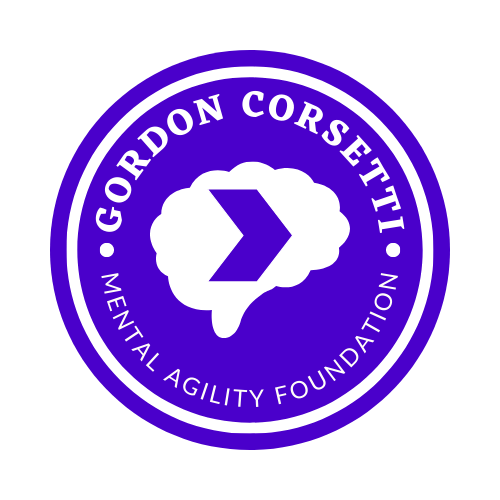That Made It Real
/Often, it is the pieces of our stories we find inconsequential that turn out to be the most meaningful to those we share. Last week I was privy to some incredible praise for my webinar presentation: “How Can I Help?”, a peer-to-peer lesson in suicide prevention for college-age students. The Complete Athlete Foundation contracted me to present to about fifty students ahead of a bowling fundraiser via webinar. Initially confident, I became worried about holding the attention of several young men, women, and a few coaches and parents near bowling lanes on such a serious subject as suicide prevention.
About halfway through I paused for a water break and prompted my audience for questions. Someone asked: “What do I do if I am concerned for a friend, and want to tell someone, but don’t want to betray their confidence? I’m worried I might lose my friend as a result.” In response, I relayed a story that, up until that moment, I had not disclosed. Not for any particular reason, just that I never felt this part of my story was interesting. I would learn later how astonishingly incorrect I was.
In my freshman year at Presbyterian College, my then-teammate Matt asked how I was doing. I said something to the effect of: “Pretty much just thinking of slicing my wrists open every day, the usual.” I thought nothing of my response, but Matt was unable to let it go. He told our head coach, who took me aside privately from lifting the next day. Told me he knew that I had described wanting to hurt myself, that he was out of his depth, and that he was contacting my parents.
Furious, I told him that he would do no such thing. I bet he had to be somewhat amused that an eighteen-year-old had the balls to tell his head coach what he was allowed to do, but he was also concerned for my safety and that overruled my petulance. I burned with rage at Matt and confronted him in the hallway not long after our workout. It is the only time in my life where I actually wanted to physically harm another person — “How could you go behind my back? Who are you to involve yourself in my problems? What gave you the right to break my trust?” I asked him all of those questions in a tumbling mess of insults. He bore them and said: “I don’t understand how you feel, but I did the right thing.” Then he walked away and all I could think about was how my carefully constructed wall of silence around my rusted and broken mind was crumbling apart.
A teammate knew.
My coach knew.
My parents were about to know.
I’ve written plenty about my friend Ben and how he helped me through my first acute suicidal episode, but I never mentioned Matt. He deserves better, but the emotion behind those few moments in 2006 still make it hard for me to think about him in a positive light. He did everything right, and lost a teammate and a friend in the process. I still have not spoken to Matt in sixteen years, yet he, more than anyone, opened my daily fight against depression and suicide to my wider support network. It’s arguable that his disclosure of my suicidal thinking to our head coach is what really put me on the path to greater treatment. To looking at myself honestly and not trying to hide my thoughts from those I cared about. For that he received nothing but my silent disdain.
To the college student who asked the question about what might happen if he said something to an adult about a worried statement from a friend, I answered: “You very well might lose a friend, possibly for the rest of your life, but at least you’ll know you did the right thing in getting help to them. Your friendship may end, but they will live on.”
Speaking with the organizer of the event Leigh Ann Rieth, she said that the students were most impacted by my disclosure. That all of my advice on how to talk to someone in a suicidal crisis somehow became more real because I acknowledged the truth of these difficult situations. I may have given all the best advice in the world, but until I told this story about how Matt did the right thing even at the expense of my feelings, it was all just words.
We worry about over-reacting, or saying the wrong things to someone in crisis. This fear breeds silence, and it is in this silence that suicide kills. Matt was courageous in telling an adult in authority what he was concerned about because he didn’t know what else to do, but he knew that doing nothing was wrong. I’m alive due to his courage, yet I still have so many emotions from that time in my life that I may never yet be okay with speaking to him. That is the potential cost of doing the right thing when deeply concerned about a friend’s wellbeing.
I’m grateful to Leigh Ann for relaying how much this story registered with the attendees, as it will now feature more heavily in future presentations on peer-to-peer suicide prevention. I’m equally grateful for The Complete Athlete Foundation for having me as a guest speaker, and even more grateful to be going to Ohio to present this information in-person to multiple teams in Columbus, Cleveland, and Cincinnati in the coming weeks. If you want to donate to a fantastic cause, I cannot recommend The Complete Athlete Foundation enough, and if you run a program or coach a team and would like a workshop on how to help a friend, please contact me any time.





